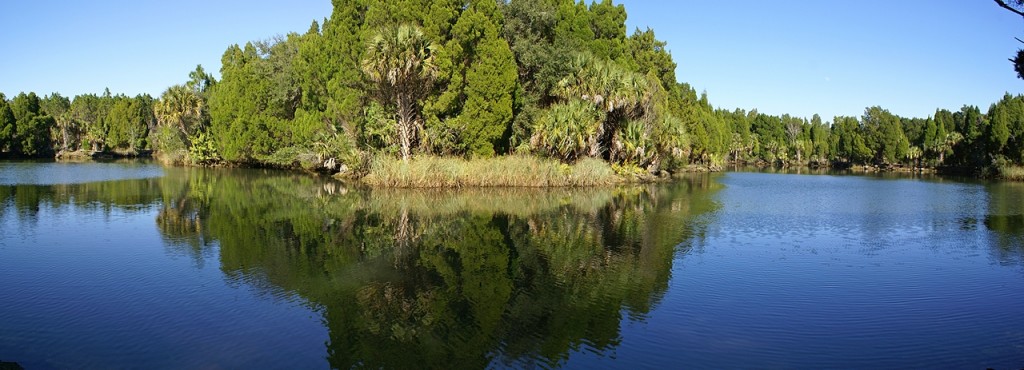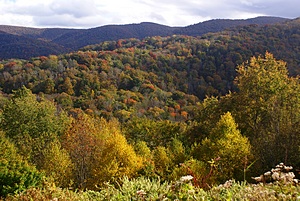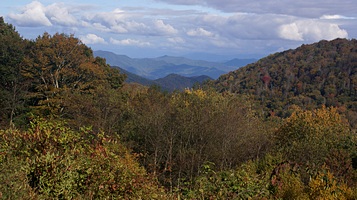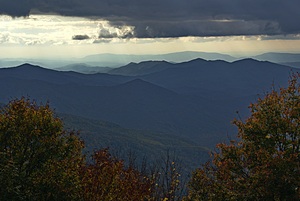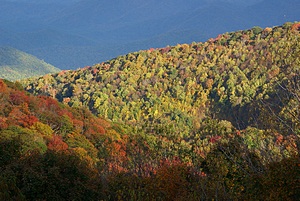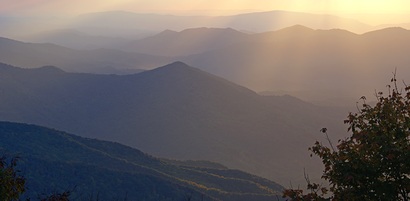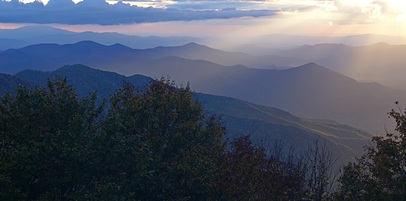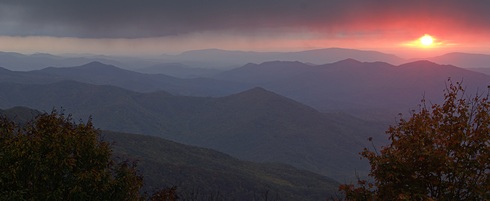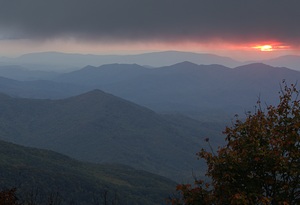Our destination today was the two state parks near Crystal River, Florida; Crystal River Archeological SP and Crystal River Preserve SP. We left around 10:45 AM and headed down US-41 to Dunnellon, Florida where picked up John & Marian Hagan from their house. John navigated us over to the town of Crystal River. From the heart of downtown a short drive north on US-19 brought us the iconic brown state park sign telling us to take the next left turn to get to the parks.
Crystal River Archeological SP preserves an important pre-Columbian site with burial and midden mounds as well as mounds that once supported temples. Evidence of occupation goes back before the Common Era and there is a small, but nice, museum explaining the modern history of the site and the archeological activities that led to our present day understanding of the people who built and used the site send its mounds. The trail system is paved and less than one mile in total length. It was a quiet place for peaceful if thought-provoking stroll on a beautiful late winter afternoon.
Crystal River Preserve SP is listed on some maps as Crystal River Buffer Preserve SP, and that is an apt name for it. About equal in size to the archeological state park, it surrounds it and buffers it from encroachment and most recreational uses. The archeological park has a picnic area, but no place to launch boats, canoes, or kayaks, or to flush. The buffer preserve, by comparison, has a much longer trail system with lots of access to water. We hiked approximately 2 miles in pleasant temperatures on a trail through the woods along the water’s edge and saw a number of people fishing. The light was good and the wind was light which made for nice reflections. The following photograph is a panoramic composite of three images made using the Microsoft Image Composite Editor (ICE) and post-processed using Faststone Image Viewer. MS-ICE is an amazing little free program. The three camera images were hand held with auto-focus and auto-exposure. The rules for compositing photos to make panoramas are: 1) tripod, 2) special pan head, 3) fixed/manual focus, and 4) fixed exposure. This image violated all of these rules and still came out well.
By 3:00 PM we were all getting hungry so we looked for vegetarian friendly options in Crystal River. The only place that came up was the Brooklyn Dockside Deli but the website indicated they were only open for breakfast and lunch. We stopped there anyway and they were open until 4:00 PM, so we had a late lunch /early dinner. John had a Cuban sandwich, Marian had a Reuben sandwich, Linda had a spinach wrap veggie sandwich, and I had a veggie sub. Everyone enjoyed their food and the un-assuming setting by the water.We drove John and Marian back to their house and returned to Williston. We arrived back at our coach before it got dark; something we have rarely accomplished on our recent outings. Our neighbor, John, invited us to join them later for a small campfire at another neighbor’s rig a few doors down. Since we were not having dinner as such I off-loaded today’s photographs from the camera, created the panorama, and worked on this blog post. We checked a couple of times but never saw a campfire where the campfire was supposed to be, so we figured the plans had changed due to the cool temperatures. Sunday evenings is Masterpiece Theater on PBS, so we settled in for the evening.
